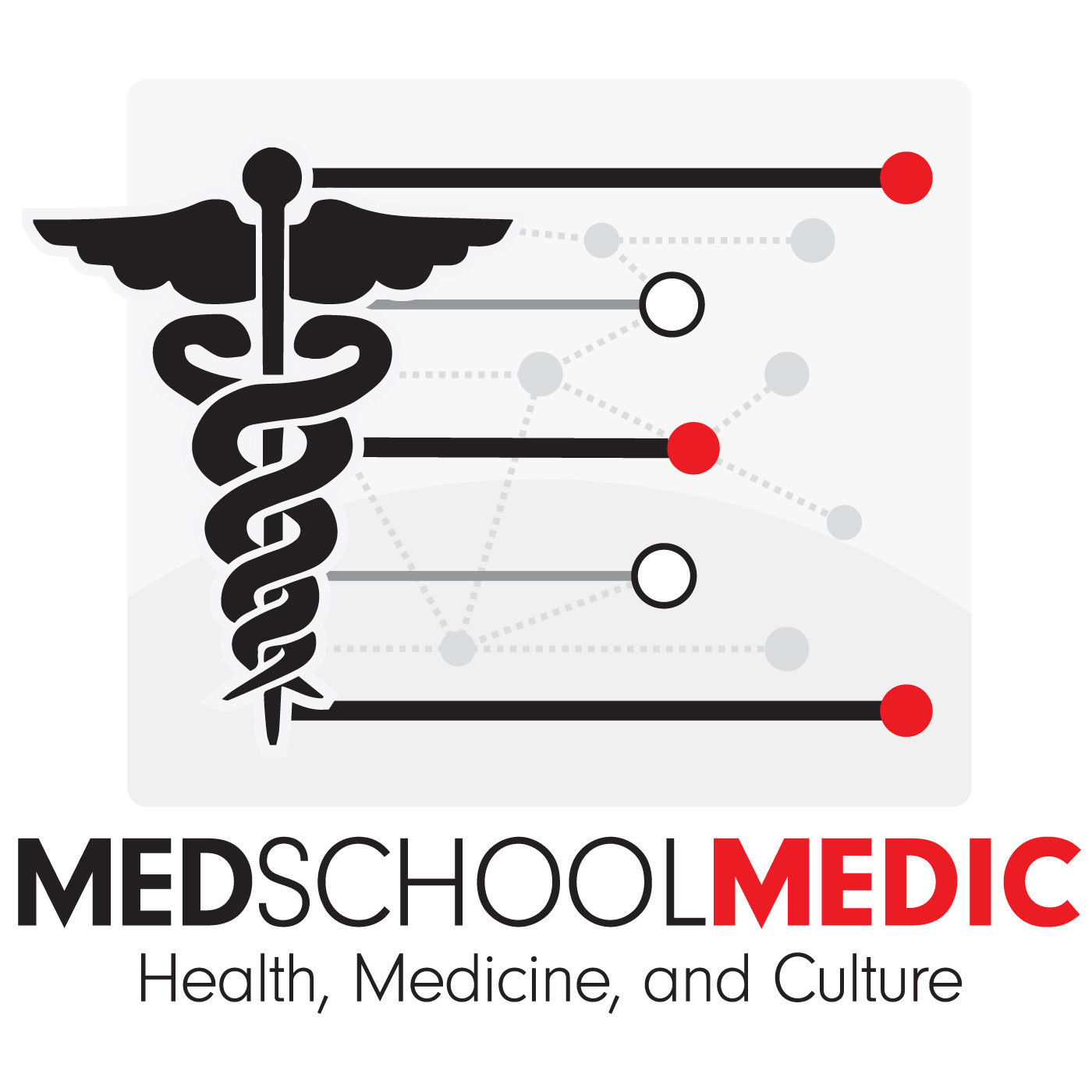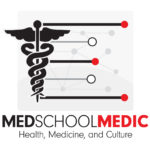Podcast: Play in new window | Download
Subscribe: Apple Podcasts | Google Podcasts | Stitcher | RSS
It seems like with each passing day, we hear more and more about opioid overdoses. Its something that was discussed in the early days of this website. Yet, we still seem to hear about the dangers and emerging trends of opioid abuse, and how to handle it in EMS. It is important to understand how opiate addiction begins, how the patient handles the addiction, and how we as providers can make a difference.
Opiates are everywhere. And they have been since the early 20th century. Morphine was the go-to pain reliever for ages until a new “hero” drug was created to help fix morphine addiction. Of course, this hero drug was heroin. We all know how that went. Yet we still see poor substitutes for addiction being offered. Drugs like Suboxone and Naltrexone serve as a surrogate for addiction, just without the pleasurable side effects. Additionally, there is a cultural component that needs to be addressed. When there is a batch of opiates that is around, and people hear that it’s good, naturally they’ll want to get their hands on it. It’s not different in non-addiction culture. If you hear about a new burger place that has the best burger in town, naturally you’ll head to that burger place.
What about narcan? We know that it is easy to carry and administer. But what kind of results do we see after narcan is given? Do these patients need to go to the hospital? Luckily, we have a paper this week that addresses that very issue.
Paper of the Week: Incidence of naloxone reducing in the age of the new opioid epidemic Kelbacher, et al. Prehospital Emergency Care Online 7 July 2017
Medbox: The Big Sick
This movie is great, you guys. It follows a stand-up comedian who meets and falls in love with a woman who falls ill and eventually into a coma. It’s a romantic comedy that follows the reaction to illness better than I’ve seen in most films.
Kumail Nanjiani’s Twitter

 NBME Cancels Step 2 CS, medical students rejoice.
NBME Cancels Step 2 CS, medical students rejoice.  The Do-Nothing Break
The Do-Nothing Break  Episode 22- Dr. Jessica Molokie
Episode 22- Dr. Jessica Molokie